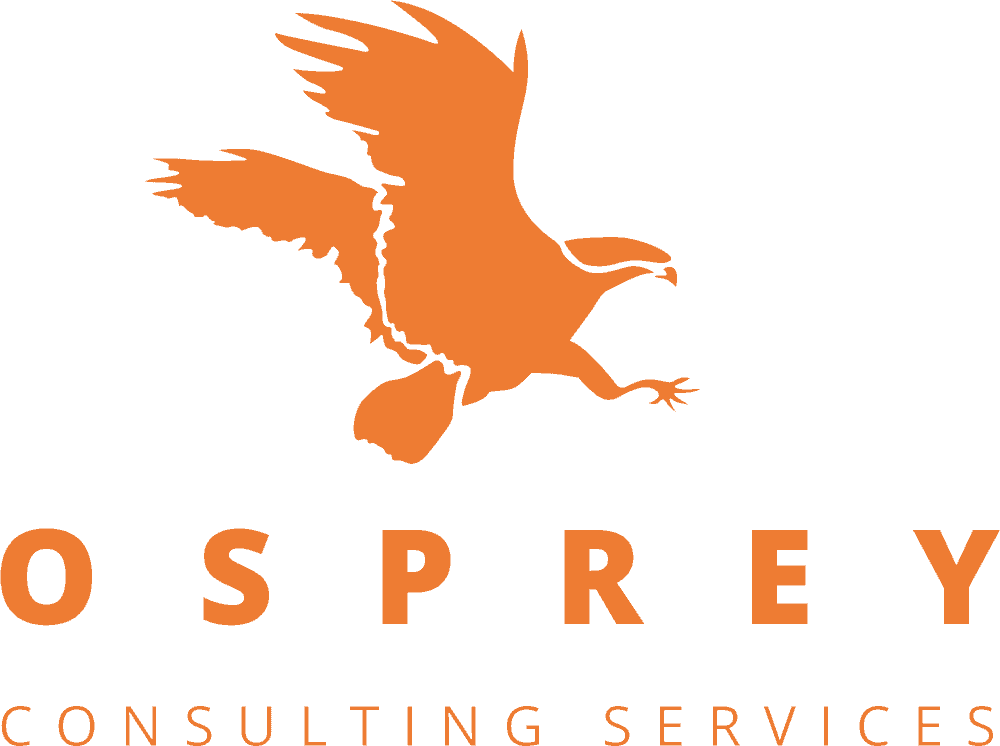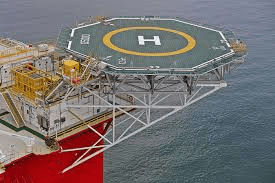Bowtie analysis provides a graphical way of representing the risks to a project, and the measures in place, or planned, to manage those risks. They can be a useful complement, or alternative, to risk registers and hazard logs, which enables a cross-disciplinary approach to identifying and managing the activities of any organisation, but are particularly useful to those working in high risk/high consequence environments such as Aviation.
Bowties start by identifying the Hazard; the hazardous or dangerous substance or activity which the organisation must deal with as part of everyday business. Next the Top Event is described; a change of state where control of the hazard is lost or the hazard is released. Threats on the left of the diagram (above) are an action or state which can lead to the Top Event, and Consequences on the right are events or states which may result from the Top Event.
Typically, Bowtie Workshops attended by a multi-disciplinary panel will develop the components of the Bowtie and also identify existing or planned Barriers on the Threat and Consequence lines. The Barriers aim to make it less likely that the Threat leads to the Top Event (or the Top Event leads to the Consequence); and more likely that the presence of the Threat (or Top Event) is detected earlier. They can also act to make it more likely that the situation can be recovered from, thus enhancing the resilience of the system.
Osprey has applied Bowtie analysis to a number of projects, either as a deliverable to the client, or as an enabling step to analysing operations. For example, Bowties were used to represent the output from a HazID workshop, and develop accident sequences to support the risk assessment of operations from a helideck. Bowties have also been used to support the analysis of the of Loss of safe separation for a High-Altitude Pseudo Satellite Unmanned Aircraft.
Find out here how we’ve been using Bowtie analysis to help a major Energy Provider manage their offshore operations.



